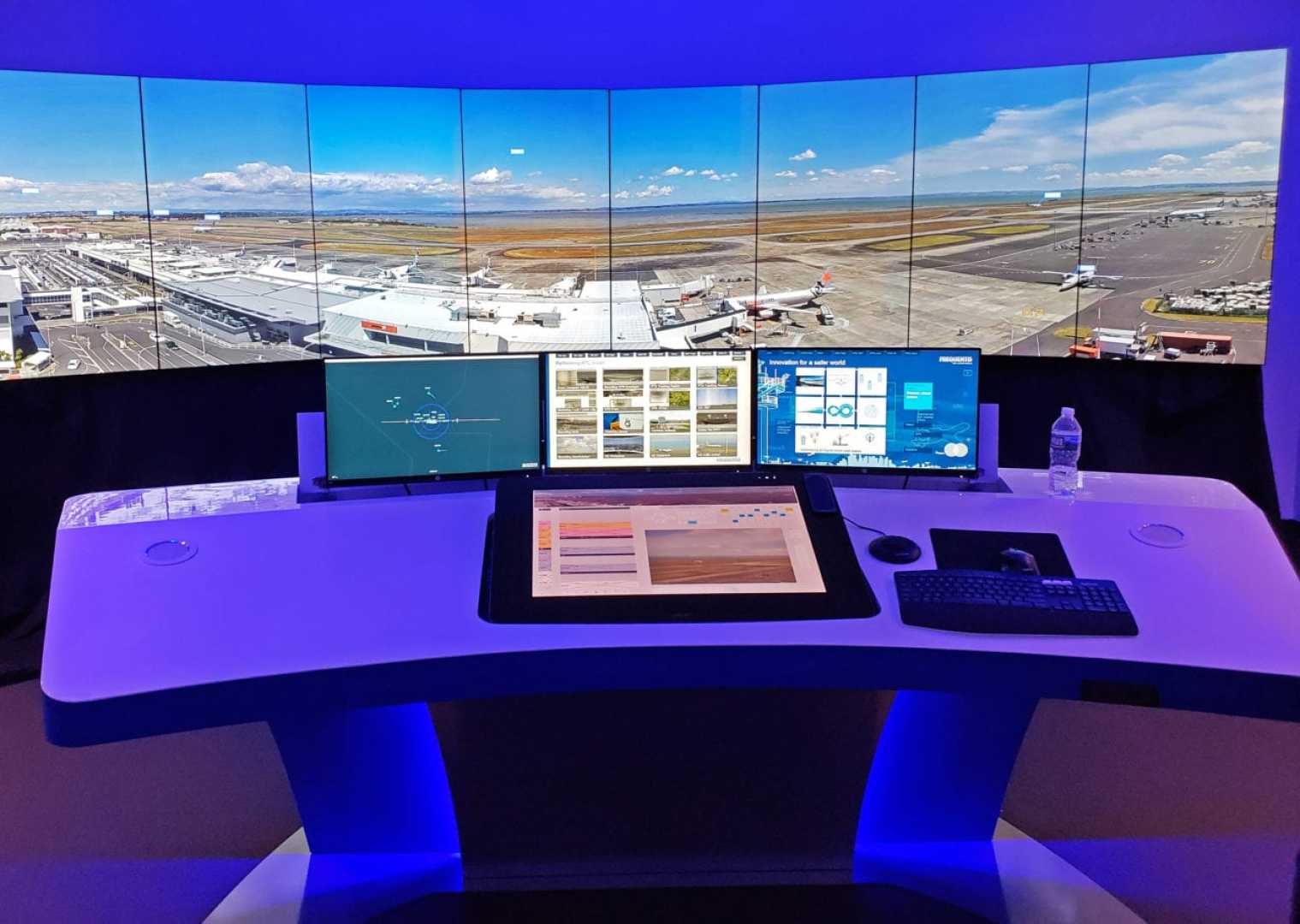News
Duffy Promises Major Air Traffic Control Overhaul Within Three Years

WASHINGTON, D.C. — U.S. Transportation Secretary Sean Duffy announced on Monday that the federal government aims to implement a groundbreaking air traffic control system within the next three years, citing the urgent need for modernization following recent aviation incidents.
During a cabinet meeting with President Donald Trump and other officials, Duffy expressed frustration at the slow pace of upgrades to the air traffic control system and emphasized the necessity of swift action to enhance safety. “The problem is in government, it takes way too long,” Duffy remarked, underscoring that current technology is lagging and that legislative support is critical for immediate funding.
The transportation secretary is expected to unveil an official plan for this overhaul within the week, with Trump reportedly supportive of the initiative. “Our towers are operational, keeping planes in the air. So we have to choreograph this. But we can do it in short order,” Duffy said.
Earlier this month, Duffy indicated he would seek “tens of billions of dollars” from Congress to support the modernization efforts, a necessity that comes in light of heightened scrutiny on the Federal Aviation Administration (FAA) due to a series of fatal incidents, including a collision in January that involved a U.S. Army Black Hawk helicopter and a commercial airliner, resulting in 67 fatalities. In February, aviation stakeholders appealed for immediate federal funding to address safety deficits.
The FAA has already begun to respond to safety recommendations from the National Transportation Safety Board (NTSB), which included restricting certain helicopter operations at Ronald Reagan Washington National Airport (KDCA), the site of the tragic January incident. “If there’s another ‘DCA-esque’ situation out there, our AI tools will help us identify those and take corrective actions, preemptively as opposed to retroactively,” Duffy added, highlighting the use of artificial intelligence in identifying potential crash zones.
Duffy’s modernization vision includes acquiring new radar systems, enhancing air traffic controller recruitment, and supplanting outdated technologies, such as copper wiring, with fiber-optic and satellite communications. He also indicated plans to eliminate obsolete systems like floppy disks and improve runway safety technologies.
The FAA’s current staffing levels are concerning; a report indicated that in September 2023, there was a shortage of 2,000 to 4,000 certified air traffic controllers across U.S. airports. This shortage was highlighted during the January collision, where the KDCA control tower was understaffed.
The Government Accountability Office (GAO) urged immediate measures to overhaul aging air traffic control systems due to persistent safety concerns. Thus far, the FAA’s NextGen program, aimed at modernizing the air traffic system over the previous few decades, has seen mixed success, as reported by the GAO.
Moreover, in recent developments, the FAA has awarded a $2 billion contract to Verizon to enhance critical infrastructure for its FAA Enterprise Network Services (FENS) program anticipated over the next 15 years. This contract may face competition from SpaceX’s Starlink, which has been suggested as a potential alternative for the agency’s communication needs. The FAA is currently testing Starlink and various other technologies to assess their viability.
The developments have been met with scrutiny from various stakeholders. Senator Maria Cantwell (D-Wash.) raised concerns over exemptions to safety regulations and the FAA’s previous inaction on known shortcomings. “Acting administrator, you’re not building faith in this system of oversight of the FAA,” she commented during a recent Senate hearing.
On the subject of pilot safety, the FAA is implementing new measures requiring aircraft within Class B airspace at KDCA to utilize Automatic Dependent Surveillance-Broadcast (ADS-B) transponders. This follows recommendations from the NTSB that urged immediate actions to avert similar accidents in the future.
As the agency moves forward with its ambitious plan to modernize airtraffic control, Duffy noted that cooperation and shared resources among various governmental bodies will be crucial. He stressed the importance of Congress stepping up to provide the necessary funding, stating, “To update our air traffic control system, it will require multiple companies and multiple technologies.”
The NTSB has pledged to release a final report on the KDCA incident within a year, with chair Jennifer Homendy indicating that the findings may lead to greater regulatory changes designed to enhance aviation safety. The call for mandated ADS-B In systems aligns with Duffy’s broader vision for a modernized and safe airspace environment.












